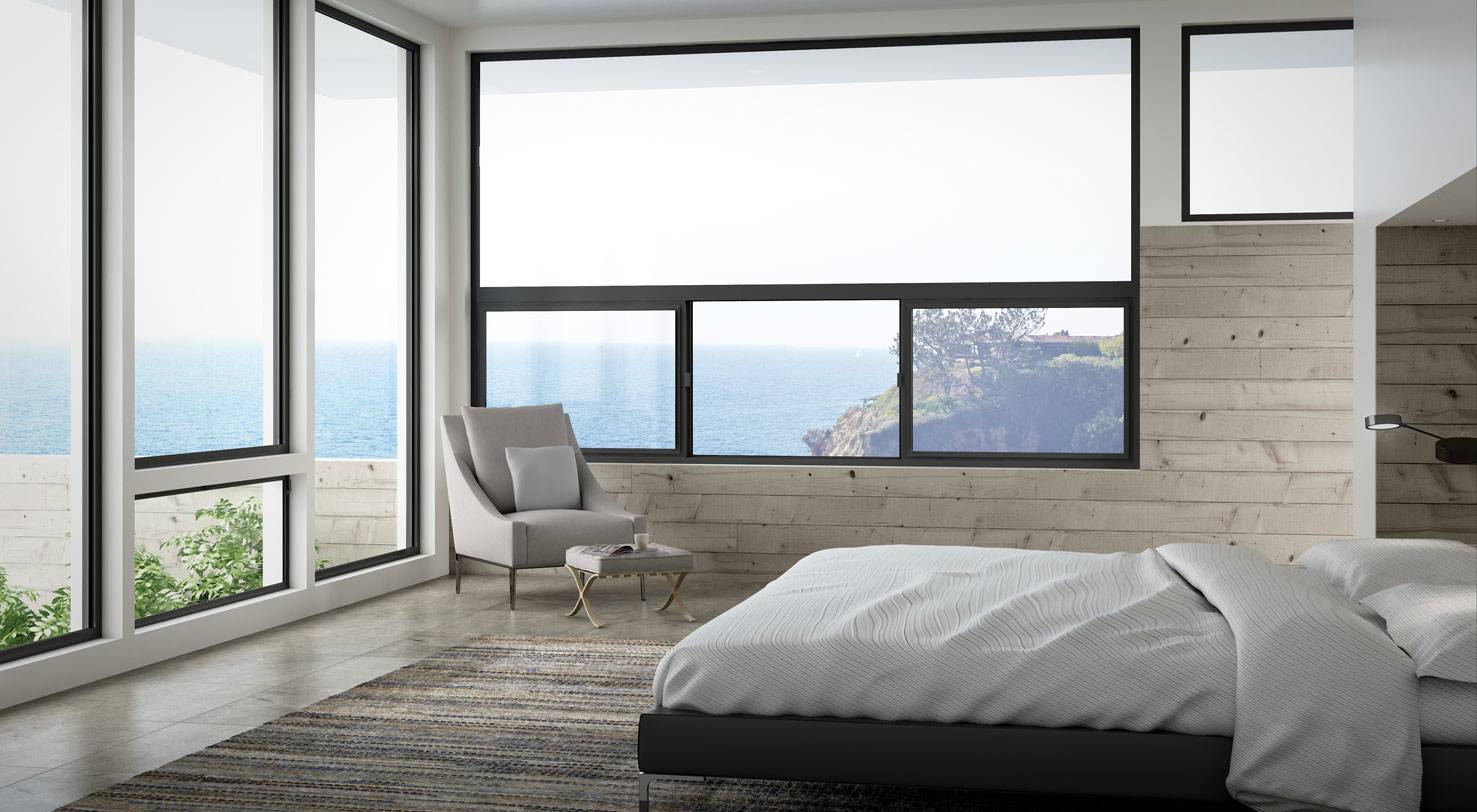All Categories
Featured
Table of Contents
Benefits Of Replacing Double Glazing Windows In The Summer in West Leederville Perth
That window can send more solar heat in winter than in summertime. A west-facing window on a summer season's afternoon has an angle of occurrence from near 0 approximately 30 with a big effective area of solar radiation. A north-facing window, in summertime, has a high angle of occurrence and a low reliable area of solar radiation, so can transmit less heat than a west-facing one.

But you can rapidly and quickly enhance the thermal efficiency of your home by replacing your windows. This is one of the most effective methods of renovation to achieve improved thermal comfort. There are countless types of glass and frames to select from. Choosing the ideal ones is very important to improving the energy efficiency of your house.
How Double Glazing Can Help Keep Your Home Cool In ... in Brookdale Western Australia
Single glazing with clear glass is not very effective when it comes to heat loss or gain. To improve performance, you can use single glazing with a more energy-efficient type of glass such as low emissivity (low-e) glass.
The energy efficiency of IGUs likewise depends on: the properties of each layer of glass. Various glass types (for example, clear and low-e glass) can be put together in an IGU.
Single Glazed Vs Double Glazed Windows - Ultimate Guide in Attadale Perth

IGU cavities can be filled with air or a more inert, low-conductivity gas such as argon the width of the cavity. Cavity density is usually 6 to 18mm. Wider cavities provide lower (much better) U values, with 12mm typically accepted as the favored gap how well the cavity is sealed. Cavities need to be dry and well sealed to prevent moisture getting in.
If argon is installed to the cavity in place of air, moisture is dependably left out the level of desiccant (drying agent). The spacer (metal or polymer strip) that separates the glass layers contains a desiccant to absorb any wetness. Inadequate desiccant might trigger moisture to condense on the glass surface in cold conditions, minimizing thermal performance.
Double Glazing in Brigadoon Western Australia
In fact, IGUs can deliver better energy performance for all environments, particularly in heated and air-conditioned homes. Cross-section information of single, double and triple-glazing systems Low emissivity glass (commonly understood as low-e glass) decreases heat transfer. Low-e glass may be either high or low transmission: High transmission low-e glass has a finish that enables daylight from the sun to pass into your house to attain good solar heat gain, but lowers the quantity of the long wavelength infrared heat that can leave back through the window.
Low-e glass has either a pyrolytic finish or a vacuum-deposited thin movie metal covering. Pyrolytic coverings are long lasting and can be used for any glazing; vacuum-deposited finishes are soft and are just utilized within IGUs. Low-e coatings can substantially improve both U worth and SHGC; however, they should be utilized correctly or they will either degrade or fail to perform as required.
The Best Double Glazing Companies In Canberra in Beaconsfield Western Australia
Low-e coverings can be used in mix with clear, toned or reflective glass. Low-e coatings on glazing can lower heat transfer where required Picture: Department of Market, Science, Energy and Resources Toned glass has actually colouring ingredients consisted of during manufacture. It is readily available in different colours, generally bronze, grey, blue and green.
Latest Posts
Secondary Glazing: A Buyers Guide in Bibra Lake WA
Double Glazing in Swan View WA
Double Glazed Windows In The Summer in Myaree Western Australia